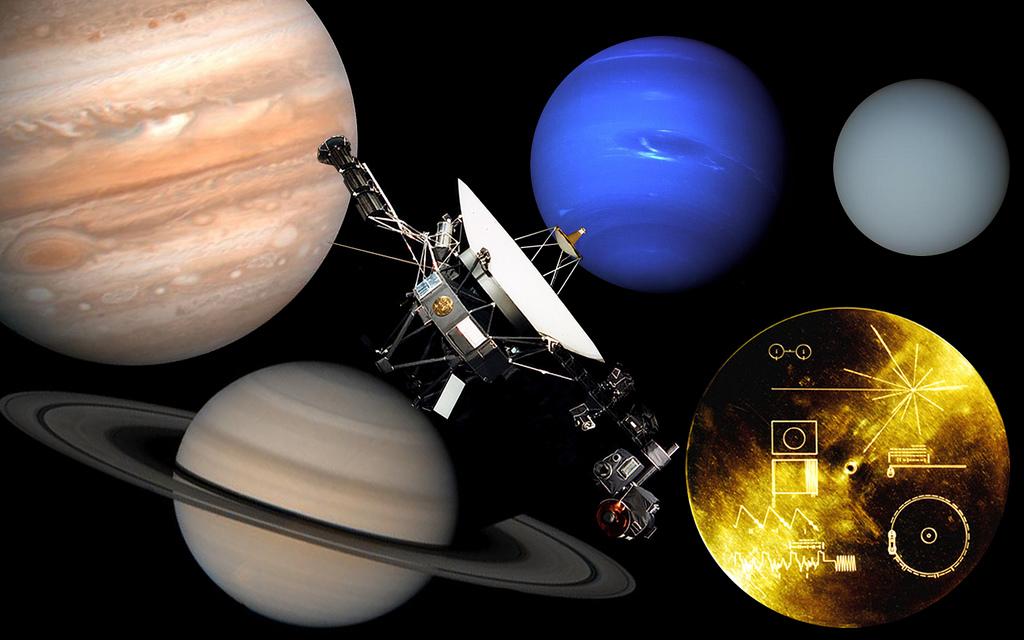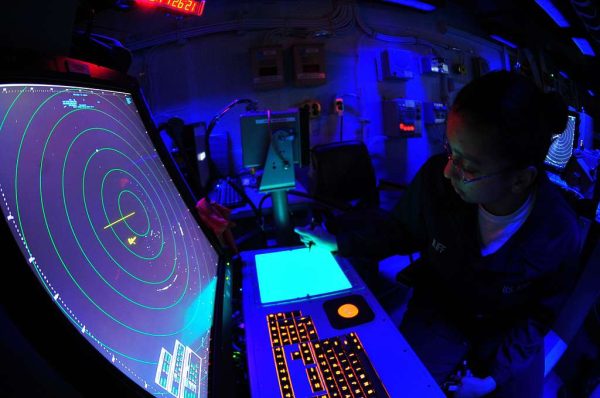Voyager jets out of the Solar system
NASA’s farthest flying shuttle is still going strong. The NASA shuttle Voyager has recently traveled out of our solar system in an effort to explore the far reaches of space. Voyager 2 launched the 20th of August, 1977 from Cape Canaveral, in Florida. Voyager 1 was launched the 11th of February in 1974 with the Titan-Centaur Rocket. Officially approved in May of 1972, it launched soon after in 1977. The Voyager shuttles have been going out into space for over 3 decades. Voyager has even recorded sound in space. With ionized gas vibrating in space, the shuttle recorded these sounds from October to November in 2012, and April to May in 2013. Chris P. Jones, who was a prominent engineer and eventually team chief, said “We began the MJS77 Project in 1973 with a stripped down version of the high-tech Outer Planets Grand Tour mission. From those humble beginnings, the two intrepid explorers named Voyager have generated a national pride and identity. Today they’re recognizable by all age groups, and no wonder. One can find them referenced in school science texts, in a prominent role in an old Star Trek movie, and even in an image subtly placed on a Moody Blues album cover.” Voyager 1 and 2 just passed the outermost part of the heliosphere, where solar winds are slowed by interstellar gasses. These gasses are the product of stars and chemical reactions in the depths of space. John Casani, the project manager from the mid 70’s, said that, “Voyager opened our eyes to what was out there in the solar system, and provides us a compelling argument for going back with missions like Galileo, Cassini, and other missions that will follow.” Voyager’s pictures will find something out there to discover. NASA even outfitted it with a gold-plated copper disc, that displays the culture and diversity of Earth. For future planning about whatever being or society finds the Voyager, the disc is designed to explain the entire culture of Earth in one little gold disc. More than 11,000 work hours have been put into this project, along with over 865 million dollars. this is just a fraction of the national debt that the United States is facing right now. The mission analysis and engineering manager Charley Kohlhase put it best when he said, “Even in hindsight, I would not change one whit of the Voyager experience. Dreams and sweat carried it off. But most of all, its legacy makes us all Earth travelers among the stars.”




